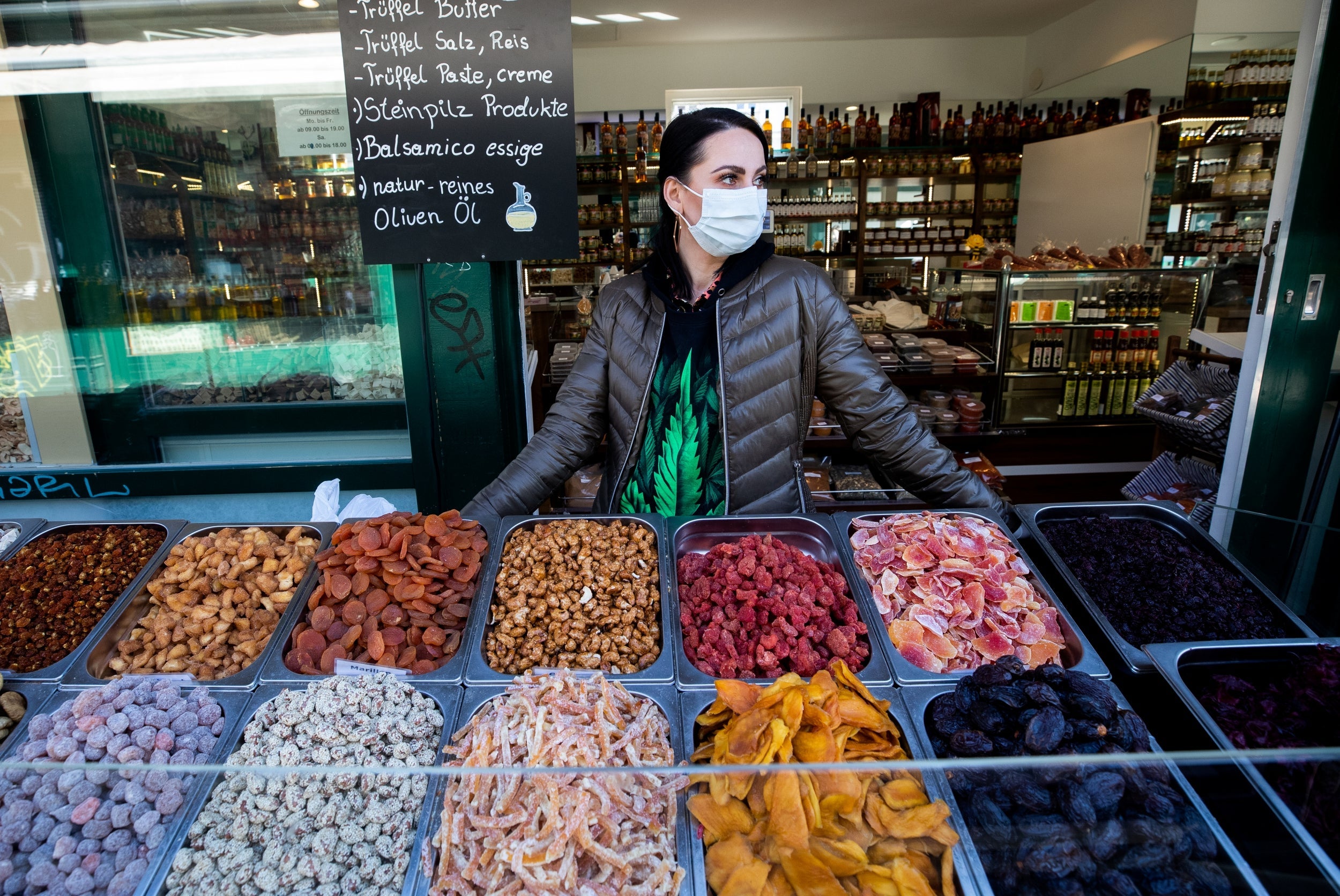Experiments in Austria and Denmark could offer clues to what a post-coronavirus economy looks like
Action by nations is likely to give us a better idea of the damage the virus has caused than computer models, writes Hamish McRae


There is a glimmer of light in Europe over the damage caused by the coronavirus outbreak. Two countries, Austria and Denmark, have set out a plan to get their economies moving again. If these are successful they could give the rest of Europe, the UK and crucially the US, a template for their own escape programmes.
There are other signs of life as the virus crisis recedes, including the report that there were no new deaths from Covid-19 officially recorded in China, and Hong Kong’s gradual return to work. But what happens in continental Europe gives much more direct guidance. Austria in particular was hit early by an outbreak in the ski resort of Ischgl. Local authorities there have been accused of acting too late following the first signs of an outbreak, with that allegation now the subject of a police investigation as part of a legal case initiated by the Austrian Consumer Protection Association.
However, the fact that Austria is ahead of the rest of Europe in experiencing the outbreak means that it may well be ahead in getting back to normal. The plan, announced by the chancellor, Sebastian Kurz, is for small shops to open on 14 April, the day after the Easter Monday holiday, then all shops and hairdressers on 1 May. Restaurants and hotels will not open until mid-May at the earliest and there will be no public events until late June. People will have to wear masks when they go into shops or on public transport.
All this will be reviewed as more data is available. The chancellor made a further point that a check of 2,000 people suggested that the proportion of the population that would be infected was very low, about 1 per cent. He added: “Any idea of herd immunity has been clearly disproved at the latest by this spot check.”
Denmark has also announced a plan to ease up restrictions, and there are reports that Germany is considering how it might do the same. Meanwhile Sweden is following a different course, keeping the economy going as far as possible, though that is under consideration now as deaths have mounted.
So what should we think? The financial markets have seen a wave of optimism sweep across them, with shares rising in the US as well as Europe. But they, and we, should be aware that what Austria is planning is experimental, and will be reversed if infections start to rise again. The great advantage of different countries pursuing different strategies is that we can all learn from the pioneers.
A lot has been made of the fact that there has been no Europe-wide action. Actually having relatively small economies following different policies – making real live experiments – is really useful not just to Europe but to the world. This is not a case of competing academics running computer models to try to predict what might or might not happen under various policy scenarios. This is the real deal.
That leads to a wider point. Much of the economic analysis about the damage to the world economy is, like the health analysis, also based on computer models. You feed in different data and the model says the world economy will shrink by 6 per cent, or 10 per cent or whatever, this year. How governments should respond has to be based on something and these projections are just about all there is. But they keep on changing, invariably so far for the worst.
The truth is we have very little idea of either the scale of the problem or what should be done about it. We know the longer it takes to get economies moving the greater the damage to public well-being. But we don’t known how to do it safely.
So we should be grateful Austria for showing a possible path forward. Fingers crossed it works.
Join our commenting forum
Join thought-provoking conversations, follow other Independent readers and see their replies
Comments